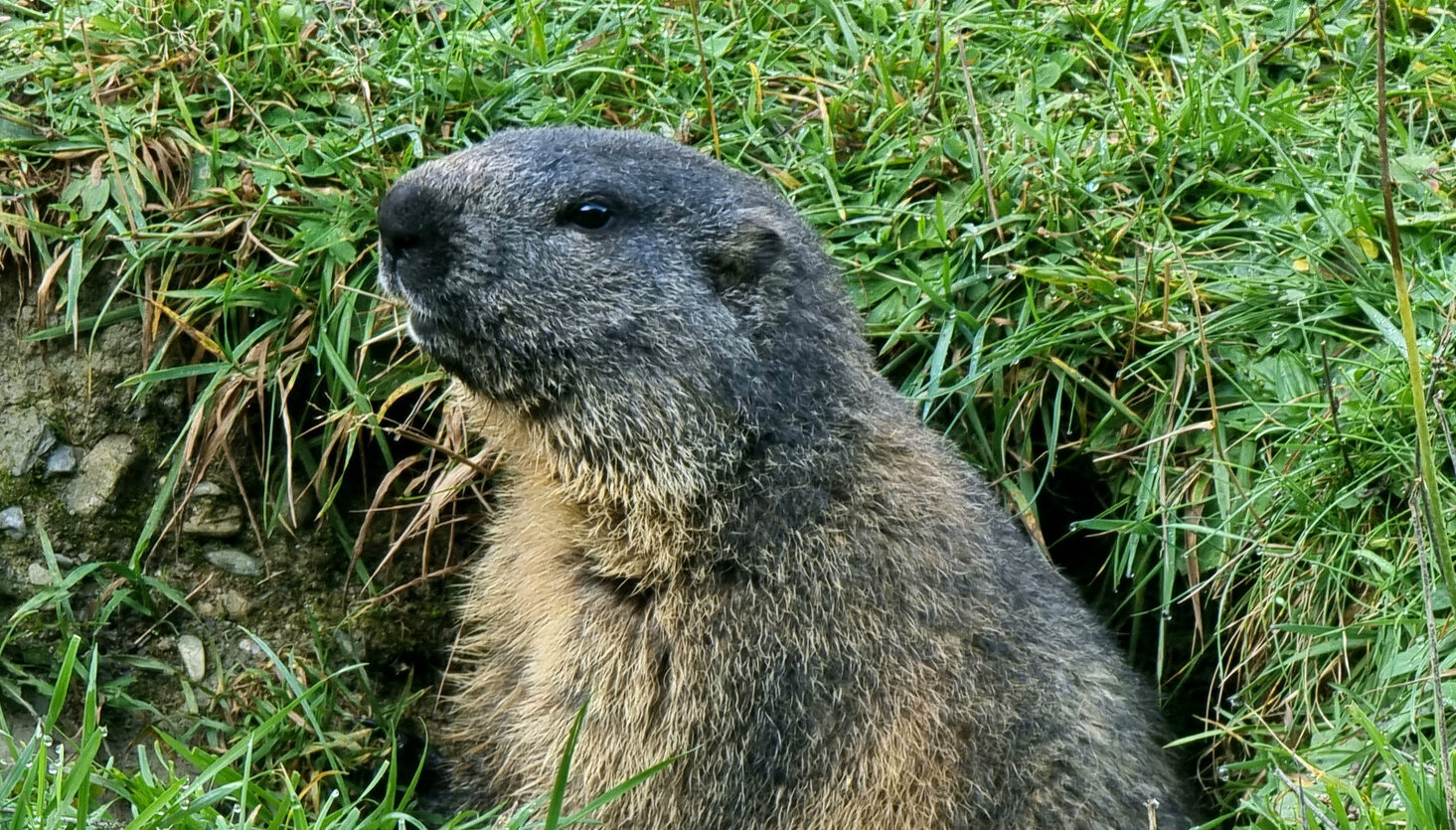
What is the Difference Between a Marmot and a Groundhog?
There are 14 marmot species in the United States, and a few, such as the groundhog and yellow-bellied marmot, are common around yards. These pests share many characteristics, though there are plenty of differences between marmots and groundhogs as well.
Identifying Marmots vs. Groundhogs
Appearance
Yellow-bellied marmots have yellow speckles on the sides of their necks and white fur between their eyes. They have yellow to red bellies and tan fur with white tips.
Groundhogs look slightly different with their coarse, reddish-brown to gray fur. These pests also have dark brown or black legs.
Size
Size is another difference between marmots and groundhogs. Weighing up to 13 pounds, groundhogs are typically the heavier and stockier of the two pests.
Yellow-bellied marmots weigh 8 pounds or less, though both animals measure around 18 to 24 inches long.
Range
These pests tend to live at opposite ends of the country, making location a good way to identify a marmot vs. a groundhog.
Yellow-bellied marmots are native to the mountainous region of the western U.S., while groundhogs usually live east of the Rocky Mountains.
Behavior
A groundhog is solitary and protective of its territory. On the other hand, the yellow-bellied marmot is social and lives in colonies of up to 20 members.
Damage
Yellow-bellied marmots are hosts for ticks that transmit Rocky Mountain spotted fever, while some groundhogs are vectors of plague. Both animals have large appetites and eat tender, green plants. They can easily mow down an entire garden over a short time.
Marmots and groundhogs also damage lawns, home foundations, and hoses or wiring in cars.
Marmot & Groundhog Control
Regardless of the source of the infestation, these burrowing pests create too many problems to ignore. Contact Critter Control for professional help with identifying marmot vs. groundhog problems and efficient removal.